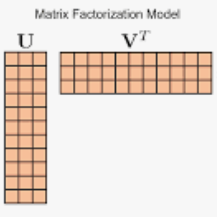An Intrusion detection system (IDS) is essential for avoiding malicious activity. Mostly, IDS will be improved by machine learning approaches, but the model efficiency is degrading because of more headers (or features) present in the packet (each record). The proposed model extracts practical features using Non-negative matrix factorization and chi-square analysis. The more number of features increases the exponential time and risk of overfitting the model. Using both techniques, the proposed model makes a hierarchical approach that will reduce the features quadratic error and noise. The proposed model is implemented on three publicly available datasets, which gives significant improvement. According to recent research, the proposed model has improved performance by 4.66% and 0.39% with respective NSL-KDD and CICD 2017.
翻译:入侵检测系统(IDS)对于避免恶意活动至关重要。通常,IDS会通过机器学习方法进行改进,但由于每个记录中存在更多的标头(或特征),模型的效率正在下降。该论文提出了使用非负矩阵分解和卡方分析提取实用特征的模型。特征数量的增加会使时间指数级增加,并增加模型过度拟合的风险。使用这两种技术,该模型采用分级方法,将减少特征二次误差和噪音。该模型在三个公开数据集上实现,得到了显着的改进。根据最新研究,该模型在NSL-KDD和CICD 2017方面的表现分别提高了4.66%和0.39%。


